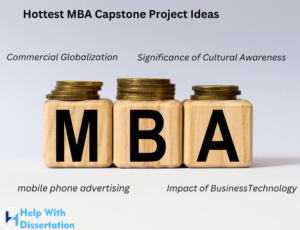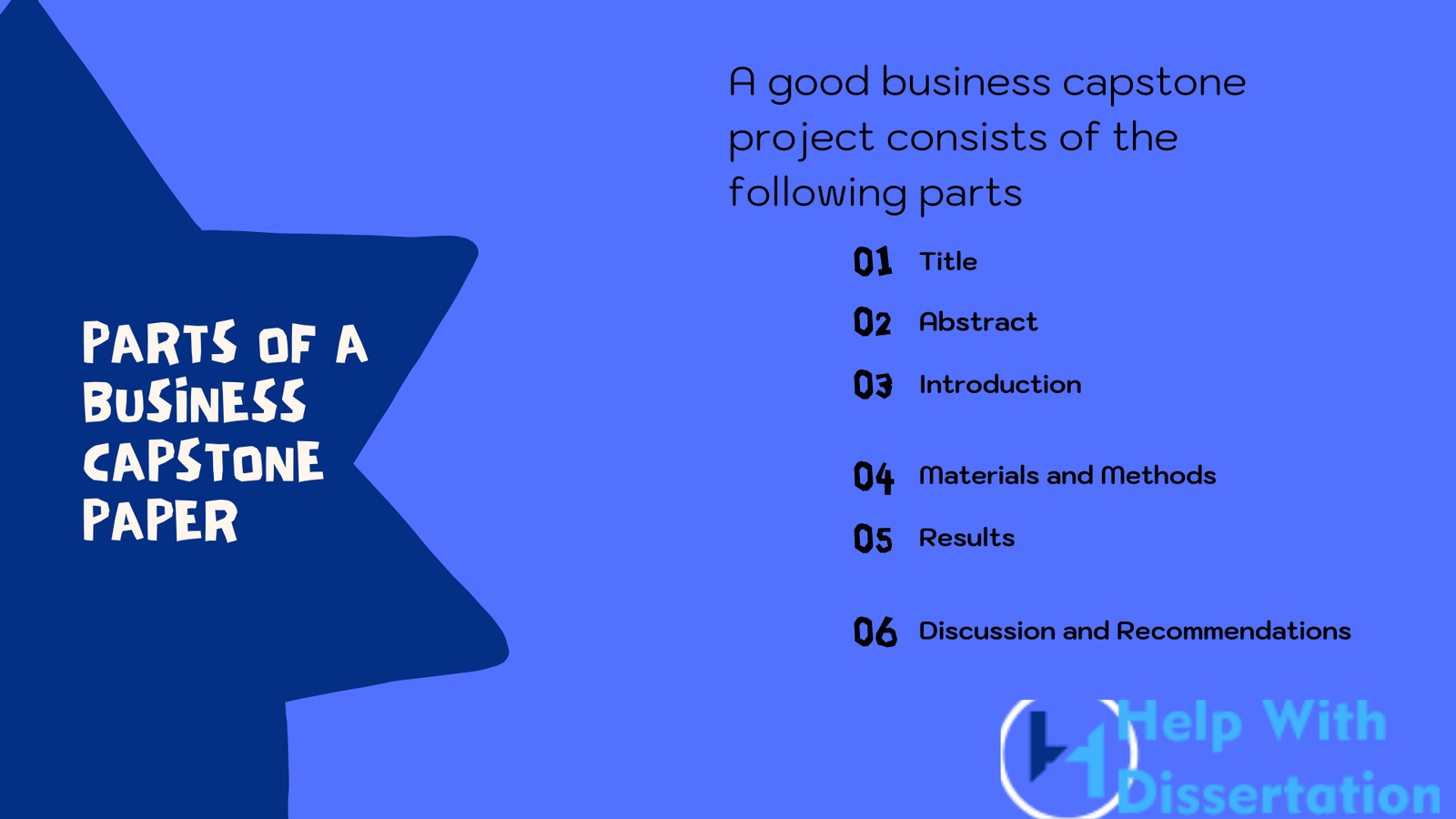How To Write a Dissertation Problem Statement
The most crucial section of your dissertation is the problem statement. Whereas your dissertation endeavors to find a solution to a pressing issues, your problem statement is the central focus.
The main goal of a problem statement in a dissertation is to lay the groundwork for the whole dissertation. As such, it must clearly identify the problem you are addressing, its significance, and how your research intends to fill the prevailing knowledge gap.
A dissertation problem statement has some specific standards, that, if adhered to, will help you write a solid problem statement that will help you define the purpose, scope, and objectives of your dissertation. If you are stuck on problem statement writing for your dissertation, this guide prepared by our expert dissertation writers for hire will help you sail through your dissertation problem statement writing seamlessly.
What is a Problem Statement for a Dissertation?
A problem statement is a summary of an issue’s history and scope of impact. The problem statement section also offers the writer the chance to explain the reason for conducting the study. Don’t mistake a problem statement for a thesis statement or research topic. Regardless, all these are interconnected and crucial to the completion of a solid dissertation paper.
Components of a Dissertation Problem Statement
A dissertation’s problem statement has three components at its basic level. These components include:
-
The research question
For a dissertation, there is need to conduct a thorough research study on the problem. it is the gap in knowledge in your area of study that you aim to fill or an overarching inquiry guiding the research. As such, some questions to ask at this point are:
- Is the problem statement easy to understand?
- Do I get the core issue being raised?
- Do I know the central problem?
-
The argument of provisional thesis
Your working thesis is your initial argument and ought to mirror your current thinking on the issue under study. However, a ‘working’ thesis can be revised regularly as more information is gotten during the study. Besides, you have to rationalize your position in your working thesis by providing both primary and secondary claims that back your stance.
-
Importance of the research
This section of the problem statement allows you to explain to your readers why the study is significant and what they should expect to benefit from it. Therefore, the results and significance of your dissertation should be conversed here. So, ensure to stress how your study contributes to and advances the previous studies as well as how future research might benefit from it.
How to Write a Solid Problem Statement for a Dissertation
Writing a clear and concise problem statement is important when writing a dissertation paper. It will guide you to define the purpose, scope, and objective of your dissertation. So, how do you write a dissertation problem statement? Here is a guide to help you come up with a well-crafted problem statement for your dissertation.
- Understand the Purpose: What is the purpose of writing your dissertation? Once you are able to understand the purpose of your dissertation, it will help you to identify the main question or objectives you aim to address in your research. Therefore, understanding the purpose sets the groundwork for your problem statement.
- Identify the Research Gap to be Filled: For easy identification of research gap, you need to conduct a thorough literature review of the problem under study. This will help you understand the current knowledge and research done on the issue. Besides, it will help you identify the limitations in the existing literature that your dissertation intends to address.
- Focus on Specificity:Your dissertation’s problem statement ought to be specific and well-focused. Try as much as possible to avoid vague or general statements. Alternatively, clearly and concisely state the problem you aim to investigate.
- Outline the Research Goals: State the goals or objectives of your dissertation. The goals ought to align with the problem statement while providing a clear direction of your research. What do you intend to achieve through your study? Therefore, the goal or objectives should be focused, measurable, attainable, relevant, and time-bound.
- Consider the Scope and Limitations: Be sure to clearly define the scope or your dissertation’s research. You can do this by specifying the boundaries and constrains of your study. For instance, population or sample being investigated, the geographical area, and the timeframe. Moreover, recognize any limitations or potential challenges that may impact the validity or generality of your findings.
- Be Relevant: You must highlight the advantage and relevance of the issue you aim to address. As such, explain why it is essential to study this problem and how it adds to the existing knowledge in your area of study.
- Give Context: Proving a brief synopsis of the background and context of the issue. Ideally, describe any relevant theories, concepts or past research that aids craft the problem and its importance.
- Use Clear Language: When writing your problem statement, consider using a clear and concise language; straightforward. Jargons and technical terms can be confusing to readers, especially those not familiar with your area of study. Therefore, use simple and clear language that is easily understood by everyone who may be interested to read your dissertation.
- Seek Feedback: Share your written problem statement with your colleagues or advisor. Let them read your it and give you feedback and possible suggestions for improvement. More importantly, consider their perspective and revise your problem statement so.
- Revise and Polish:Based on the feedback gotten and a fresh mind and perspective, revise and polish your problem statement to attain clarity, consistency, and configuration to your research objectives. Also, make sure that the problem statement is well-expressed, explicit and precisely represents the focus of your study.
Remember, a well-articulated problem statement sets the foundation for your dissertation and helps in your research. Therefore, ensure that your problem statement is clear, concise, specific, and supported by existing literature. Besides, it should clearly bring out the problem you are addressing, its importance and how your study aims to fill the existing knowledge gap.
Qualities of a Well-Crafted Problem Statement
A well-written problem statement expresses the dissertation’s fundamental objectives or aim in clear, concise and explicit language. So, your dissertation’s problem statement should have the following qualities:
- It should have a practical problem statement that is specific and straightforward. No ambiguity of concept should be captured.
- It should help put the research problem into perspective.
- With the guidance of a well-written problem statement, you will easily determine what you hope to achieve through you study.
- A solid problem statement should give credence to your study and emphasize its significance.
- A good problem statement should veer away from jargons and technical terms in their statements since this will confuse non-specialist readers and thus make them loose interest in reading the entire dissertation.
- Your problem statement should be short yet detailed enough to enable the reader fully understand the topic under study.
- The research question should be easily understood by anyone reading it.
- A well-crafted problem statement should be not too broad or general. It should be specific, measurable and transparent. Moreover, it should be limited to what can be achieved within a reasonable timeframe; it should be realist and achievable.
- It should have enough data and evidence to support the premise under study.
Tips to Writing a Winning Dissertation Problem Statement
-
Start with expected solution
Often, a statement of problem comes before design. However, we have a tendency of thinking in solutions. Therefore, we frequently find that problems present themselves to us as solutions, and thus you will have to go backwards to the original problem. as such, asking what problem this solution would solve will enable you attain this.
-
Consider incorrect solutions
Often, you will find difficult in identifying the correct problem. However, by using job story format directs your problem statement to the right magnification level. For instance, imagining the wrong solutions to your problem will help define the standards for an effective solution. So, if you are unable to craft a customer-focused premise for excluding the incorrect solution, it may essentially be worth considering.
-
Think about one-person problem
You may struggle with how to phrase your problem at the appropriate level, depending on whether you are trying to solve it for a whole age group or community. A well-crafted problem statement should be centred on a problem or problems for a person or persons. Therefore, consider stating the exact problem that the people involved feel should you find it difficult understanding the problem area.
-
Start the design
Typically, statement of problem is developed quite often and can be simpler to start by creating solutions that it is to entirely stipulate all the limitations in a solution space up front. With this strategy, you are bound to create viewpoints and options that you may not have thought before. Besides, starting the design can help make it clear which issues are difficult to find solution.
-
Reduce judgmental expressions
A well-written problem statement should include information about the reader’s needs and wants. Therefore, terms of judgment such as ‘failed product’ or ‘poor system are imprecise and may be understood differently among readers of the problem description. Instead, you can swap these terms with non-judgmental terms such as ‘for the development’, looking at the scope of positive traits’, ‘to find the flaws’ among other in the context of your problem statement.
Certainly, writing a dissertation problem statement may seem like a no brainer question. However, it is more than that. It provides you with the direction on how to craft the entire dissertation based on an issue. The problem statement will help you focus on defining on the problem and how to solve it while looking at future prospects. Therefore, with the guidelines we have outlined above, you can craft a good dissertation problem statement. However, should you get stuck, we can always lend a helping hand.



 The thought of coming to the end of your academic pursuit is simply tantalizing. But the sweet end seems even further now that you have to take hours and hours of your time to research and put together a capstone project. Is it easy? Well, to an inexperienced person who lacks writing skills on how to write business capstone project it is a grueling task. But in every field, there is always a guru and Help with Dissertation are the gurus when it comes to writing a well researched business capstone project.
The thought of coming to the end of your academic pursuit is simply tantalizing. But the sweet end seems even further now that you have to take hours and hours of your time to research and put together a capstone project. Is it easy? Well, to an inexperienced person who lacks writing skills on how to write business capstone project it is a grueling task. But in every field, there is always a guru and Help with Dissertation are the gurus when it comes to writing a well researched business capstone project.
 The process of research is quite complex as it is and the compilation of your findings is not necessarily everyone’s strong suit. This comes with its own set of challenges and the biggest one of them being plagiarism and spinning. Well, there is nothing new under the sun but even so, you are required to express your ideas in a unique way as it has never been done before. I mean the same concept but in your own words. So,
The process of research is quite complex as it is and the compilation of your findings is not necessarily everyone’s strong suit. This comes with its own set of challenges and the biggest one of them being plagiarism and spinning. Well, there is nothing new under the sun but even so, you are required to express your ideas in a unique way as it has never been done before. I mean the same concept but in your own words. So,  What is paraphrasing all about and how is it a solution to the looming plagiarism threat that haunts many people. Well, in layman terms, paraphrasing is stating a paragraph or a sentence in a very different way from its original source but still maintaining the intended message carried. Paraphrasing, when done by an individual could tend to be quite a task, but expert writers always find a way to maintain the balance between producing original, authentic and quality content. However, having in mind that we are in the 21st century then you can bet that tech gurus have no failed us and have produced some paraphrasing tools that you can use to your advantage. So, which are the best plagiarism tools to use for exemplary results?
What is paraphrasing all about and how is it a solution to the looming plagiarism threat that haunts many people. Well, in layman terms, paraphrasing is stating a paragraph or a sentence in a very different way from its original source but still maintaining the intended message carried. Paraphrasing, when done by an individual could tend to be quite a task, but expert writers always find a way to maintain the balance between producing original, authentic and quality content. However, having in mind that we are in the 21st century then you can bet that tech gurus have no failed us and have produced some paraphrasing tools that you can use to your advantage. So, which are the best plagiarism tools to use for exemplary results? The world of writing is quite a broad one and every once in a while, the rules of the game change, which is why you will need to align yourself with people who have their head in the game. Content creation and dissertation papers tend to be an uphill task for many and paraphrasing an even complex task for an untrained eye, which is why I strongly recommend that you seek
The world of writing is quite a broad one and every once in a while, the rules of the game change, which is why you will need to align yourself with people who have their head in the game. Content creation and dissertation papers tend to be an uphill task for many and paraphrasing an even complex task for an untrained eye, which is why I strongly recommend that you seek  Research, statistics, qualitative, quantitative, dissertation, data, reports, analysis are all phrases that you will encounter at one point or another in your academic or professional purist. They are all intertwined and all play a very crucial role to give certain desired results. However of all those, today we shall be exploring all about quantitative dissertation, which is from the term quantity. Dissertation papers are essential as far as academic and research pursuits are concerned. The test for professionalism and competence as far as the given field is concerned.
Research, statistics, qualitative, quantitative, dissertation, data, reports, analysis are all phrases that you will encounter at one point or another in your academic or professional purist. They are all intertwined and all play a very crucial role to give certain desired results. However of all those, today we shall be exploring all about quantitative dissertation, which is from the term quantity. Dissertation papers are essential as far as academic and research pursuits are concerned. The test for professionalism and competence as far as the given field is concerned. The next step after defining the intent of your paper is to engage in conscious research. What is conscious research? This is basically doing research from an educated point of view where you know what you are looking for and have ticked all boxes in terms of what is necessary for this data to be collected.
The next step after defining the intent of your paper is to engage in conscious research. What is conscious research? This is basically doing research from an educated point of view where you know what you are looking for and have ticked all boxes in terms of what is necessary for this data to be collected.